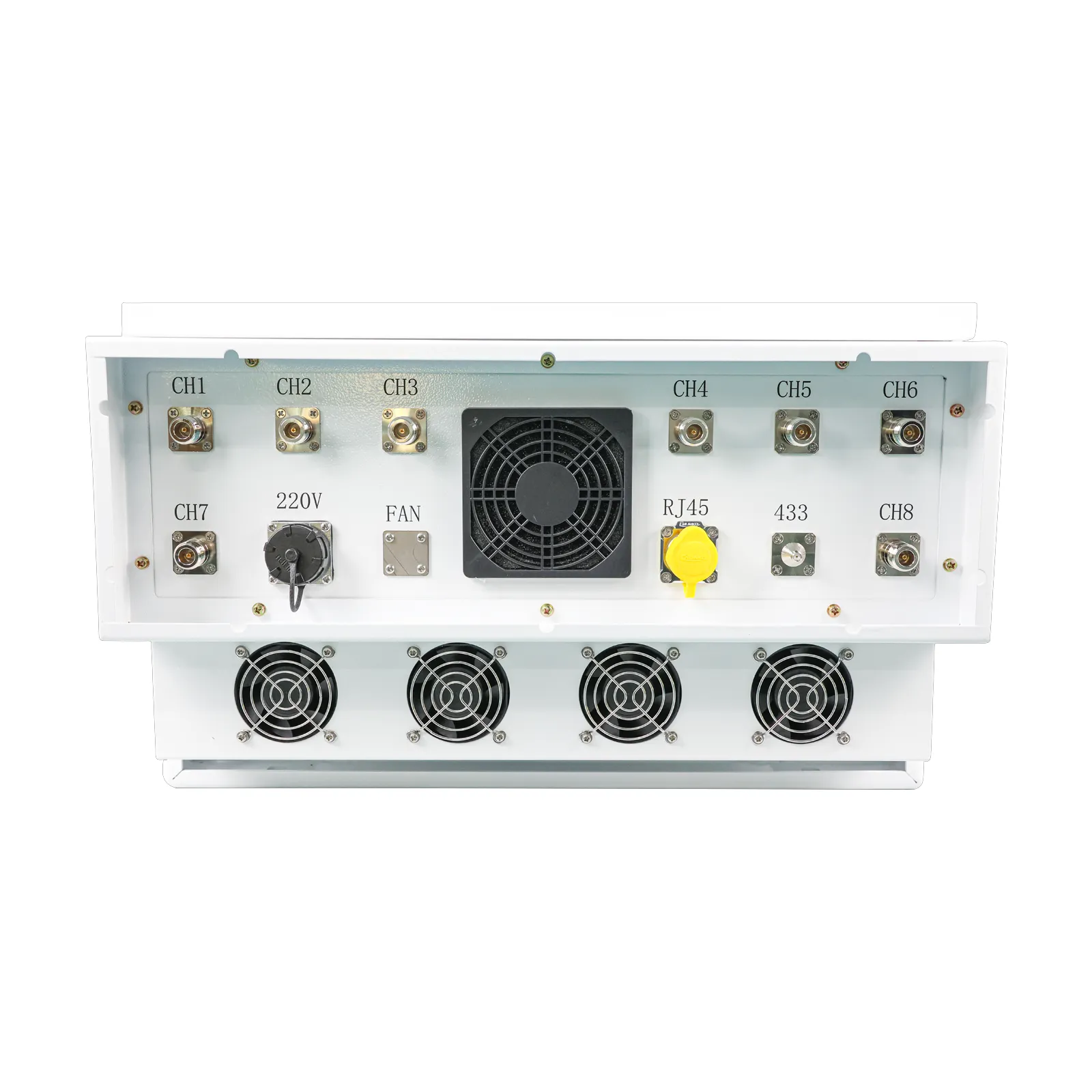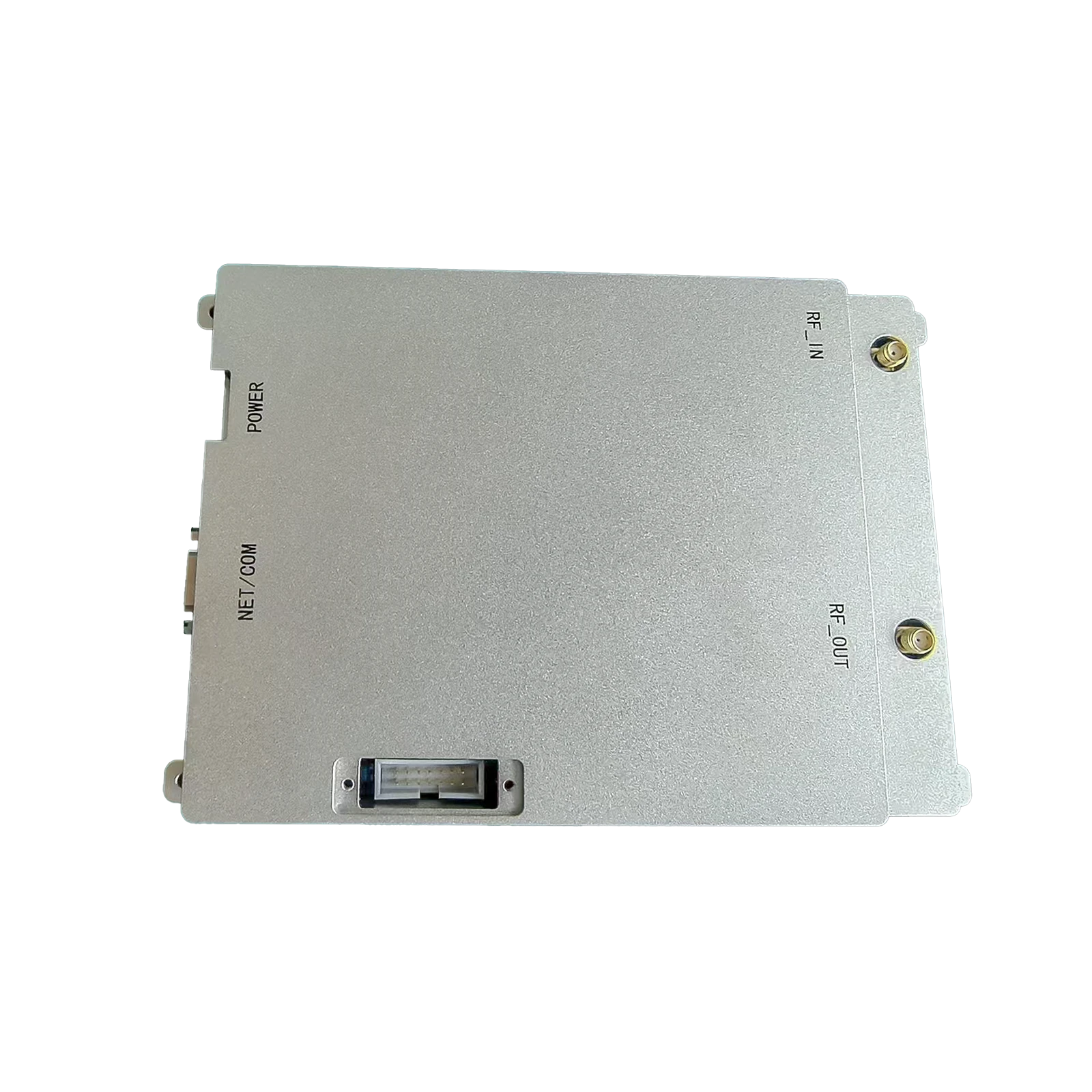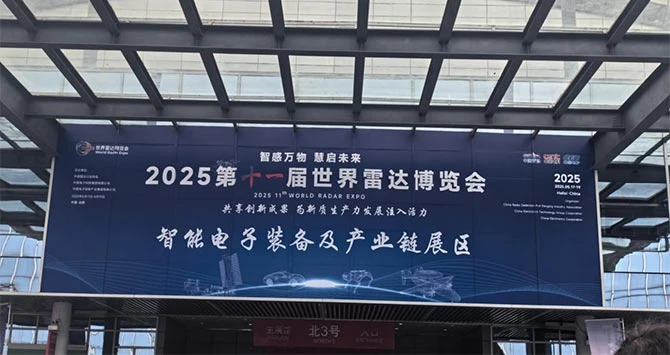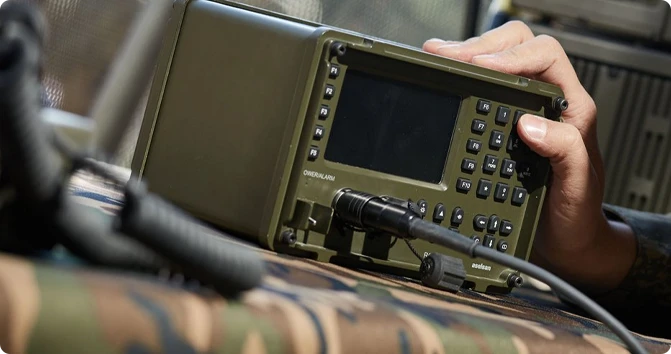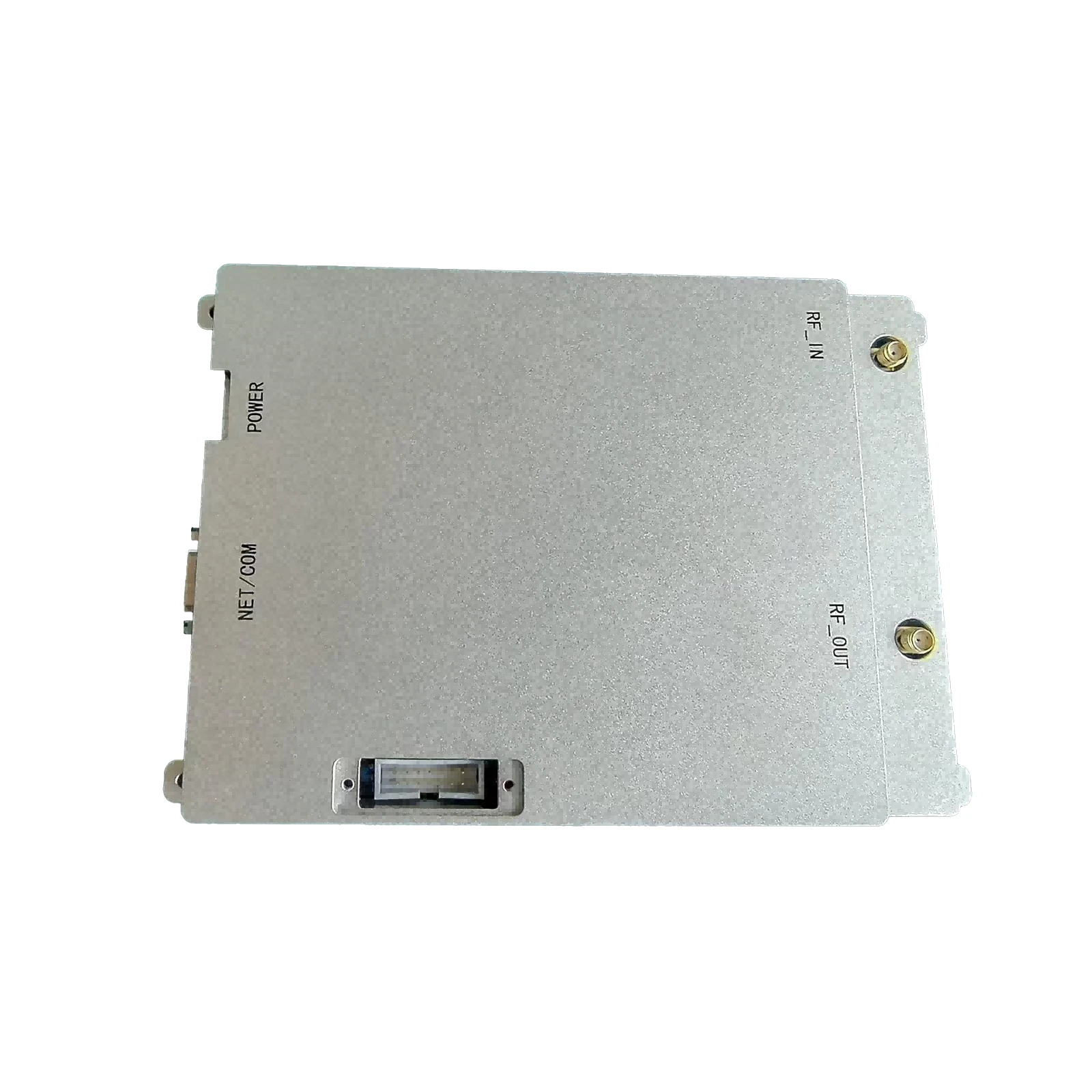Understanding Class A RF Power Amplifiers: Benefits & Applications Explained
Understanding the Role of Class A RF Power Amplifiers in Modern Technology
If you’ve ever considered why your wireless signals reach you clearly or why satellite communications remain stable, Class A RF power amplifiers are working behind the scenes. These specialized electronic devices take a weak radio frequency signal and boost its power while maintaining signal integrity — a crucial task in telecommunications, radar, and many industrial settings.
Why does this matter globally? Because in a hyper-connected world, reliable signal amplification ensures everything from emergency broadcasts to everyday mobile calls work flawlessly. And understanding the nuances of a class a rf power amplifier can lead to smarter design, improved efficiency, and better sustainability in devices around us.
The Global Importance of Class A RF Power Amplifiers
Globally, radio frequency (RF) technologies are expanding at an astonishing rate. According to the International Telecommunication Union (ITU), over 5 billion people use mobile devices worldwide — each relying on RF components like Class A amplifiers to maintain communication channels. However, the challenge is balancing high-fidelity signal amplification with power consumption and heat management.
Class A RF power amplifiers, although known for their less efficient power usage compared to other amplifier classes, offer impeccable linearity. This means the output signal is almost an exact, amplified replica of the input signal — vital in complex communication systems where distortion can mean lost data or dropped calls.
In many developing regions, telecommunications infrastructure depends on such reliable components to maintain networks despite power fluctuations or harsh environmental conditions. So the stakes are not trivial.
What Exactly Is a Class A RF Power Amplifier?
At its core, a Class A RF power amplifier is an electronic device that amplifies radio frequency signals without switching the transistor fully off at any point during the input cycle. Think of it as always “on,” ensuring smooth, undistorted signal amplification.
This constant conduction means the amplifier generates a faithful version of the incoming signal but results in higher power consumption and heat generation than more efficient counterparts like Class B or Class AB.
In industry, these amplifiers serve critical needs where signal purity overrides energy efficiency — such as in instrumentation, high-frequency test equipment, and some broadcasting applications.
Key Features That Define Class A RF Power Amplifiers
Linearity and Signal Integrity
With Class A topology, the output signal maintains a clean, linear relationship with the input. This ensures minimal distortion, perfect for complex modulated signals in communication and radar systems.
Durability and Reliability
Built with rugged components to handle continuous operation under varying temperatures, these amplifiers often last longer, especially when paired with proper heat dissipation systems.
Power Consumption Considerations
Because the device never fully switches off the transistor, it tends to waste power as heat. Engineers compensate for this with sturdy cooling designs and careful power budgeting.
Frequency Range and Scalability
Class A amplifiers can be designed for ultra-high frequencies, from a few MHz to GHz range, making them versatile for different industries.
Cost and Maintenance
While often more expensive to operate long term due to lower efficiency, their simpler circuitry sometimes means lower upfront costs and easier maintenance cycles.
Compactness vs. Thermal Design
Designing compact amplifiers requires tackling heat dissipation creatively. Often, compromises occur between size and performance.
Quick Takeaway:
Class A RF power amplifiers trade efficiency for outstanding signal fidelity and reliability — making them invaluable when accuracy trumps battery life or energy savings.
How Class A RF Power Amplifiers Are Used Worldwide
One fascinating area is post-disaster communication networks. For instance, in regions hit by hurricanes or earthquakes, portable base stations equipped with Class A amplifiers can re-establish communication quickly and reliably.
Similarly, in remote industrial settings, like mining camps or offshore oil rigs, these amplifiers ensure sensor data and voice signals are transmitted clearly despite the harsh environment.
Military radar and aerospace industries worldwide rely heavily on Class A amplification for precision signal handling where slightest distortions equate to critical errors.
Regions like Asia-Pacific and North America are leading in deploying this technology in IoT sensor hubs and satellite communication, adapting to local power-grid challenges.
Real-World Example
I recently reviewed a telecom provider deploying Class A amplifiers in rural African networks. Despite power constraints, they prioritized the signal quality — which paid off with remarkably fewer dropped connections during peak hours.
Advantages and Long-Term Value
- Unmatched signal linearity: preserving information integrity.
- Robustness: long operational life in tough conditions.
- Trusted technology: widely understood and supported.
- No surprise drops: critical for emergency, military, and safety communications.
- Continual innovation: emerging materials and cooling techniques are reducing historical drawbacks.
From an emotional perspective, people rely on these amplifiers to maintain trust in their devices — whether it’s a family in a remote village waiting on weather updates or a pilot relying on radar signals. It’s about safety and peace of mind, really.
Emerging Trends & Innovations in Class A RF Power Amplifiers
Looking ahead, there's exciting work using Gallium Nitride (GaN) semiconductors, which offer higher power and better heat tolerance. GaN-based Class A amplifiers push the envelope by squeezing more power out without the typical surge in heat.
Additionally, integration with digital control and automation makes tuning and fault detection smoother and almost real-time — cutting down costly downtimes.
Environmental sustainability looms large, too. Devices with greener power sources and smarter thermal management align with global carbon goals — especially important as communication infrastructure expands.
Common Challenges and How They're Tackled
Frankly, the biggest gripe with Class A RF power amplifiers is inefficiency — wasting about 60-70% of input power as heat. Without adequate heat sinks or cooling, this shortens component lifespan.
Engineers are responding with innovative cooling methods: liquid cooling, novel heat spreaders, and even active thermal management systems.
Furthermore, high manufacturing costs can limit accessibility in emerging markets. To solve this, many vendors offer modular and customizable amplifier lines, trading “bells and whistles” for affordability.
Practical FAQs About Class A RF Power Amplifiers
Q1: Why choose a Class A RF power amplifier over more efficient types?
A1: While less power efficient, Class A amplifiers offer unparalleled linearity and signal fidelity, crucial in applications like audio broadcasting, defense communications, or test equipment where distortion isn’t an option.
Q2: How can heat generation in Class A amplifiers be managed effectively?
A2: Effective solutions include enhanced heat sinks, forced air or liquid cooling, and using semiconductor materials like GaN that operate cooler under load.
Q3: Are Class A RF power amplifiers suitable for battery-powered or portable devices?
A3: Generally, no. Due to continuous conduction and high power draw, they suit mains-powered or stationary equipment better than energy-constrained portable devices.
Q4: What industries benefit most from Class A RF power amplifiers?
A4: Telecommunications, aerospace, military, broadcasting, and industrial monitoring devices rely heavily on Class A designs for superior signal quality.
Class A RF Power Amplifier Specifications at a Glance
| Parameter | Typical Value | Notes |
|---|---|---|
| Frequency Range | 100 MHz – 3 GHz | Scalable based on design |
| Output Power | 10 – 50 Watts | For communication and test use |
| Gain | 20 – 30 dB | Amplitude increase factor |
| Efficiency | 15% – 25% | Lower than Class AB/B amplifiers |
| Power Supply | 12 – 48 V DC or AC | Applications dependent |
Vendor Comparison: Choosing the Right Supplier for Your Needs
| Vendor | Product Range | Customization | Pricing | Technical Support |
|---|---|---|---|---|
| AmplifyTech | 0.1 - 5 GHz Class A amps | High (OEM-level) | Premium | 24/7 Engineering hotline |
| RF Solutions | Industrial and telecom amps | Medium (modular options) | Mid-Range | Business hours support |
| SignalPlus | Focused on lab/test amplifiers | Low (fixed specs) | Budget-friendly | Online resources only |
For those considering purchasing or upgrading their systems, it's worth visiting manufacturers that offer customization or detailed technical support, especially if you operate in mission-critical sectors.
Wrapping Up: Why Class A RF Power Amplifiers Still Matter
Despite the rise of newer amplifier classes promising higher efficiency, the class a rf power amplifier remains a cornerstone in applications where signal fidelity and reliability can't be compromised. The balance of pure amplification, simplicity in design, and proven robustness keeps it relevant.
If you’re interested in exploring state-of-the-art solutions or comparing custom models, check out our detailed reviews at class a rf power amplifier resources.
Technology will continue to evolve, with greener materials and smarter systems paving the way. But the fundamental science behind Class A RF power amplifiers reminds us: sometimes, staying fully “on” is exactly what the signal needs.
References
-
09 March 2021 24 Nov 2025
-
09 March 2021 24 Nov 2025
-
09 March 2021 24 Nov 2025
-
09 March 2021 23 Nov 2025
-
09 March 2021 23 Nov 2025
-
09 March 2021 21 May 2025
-
09 March 2021 25 Dec 2024
-
09 March 2021 14 Oct 2022
-
09 March 2021 25 Dec 2024




